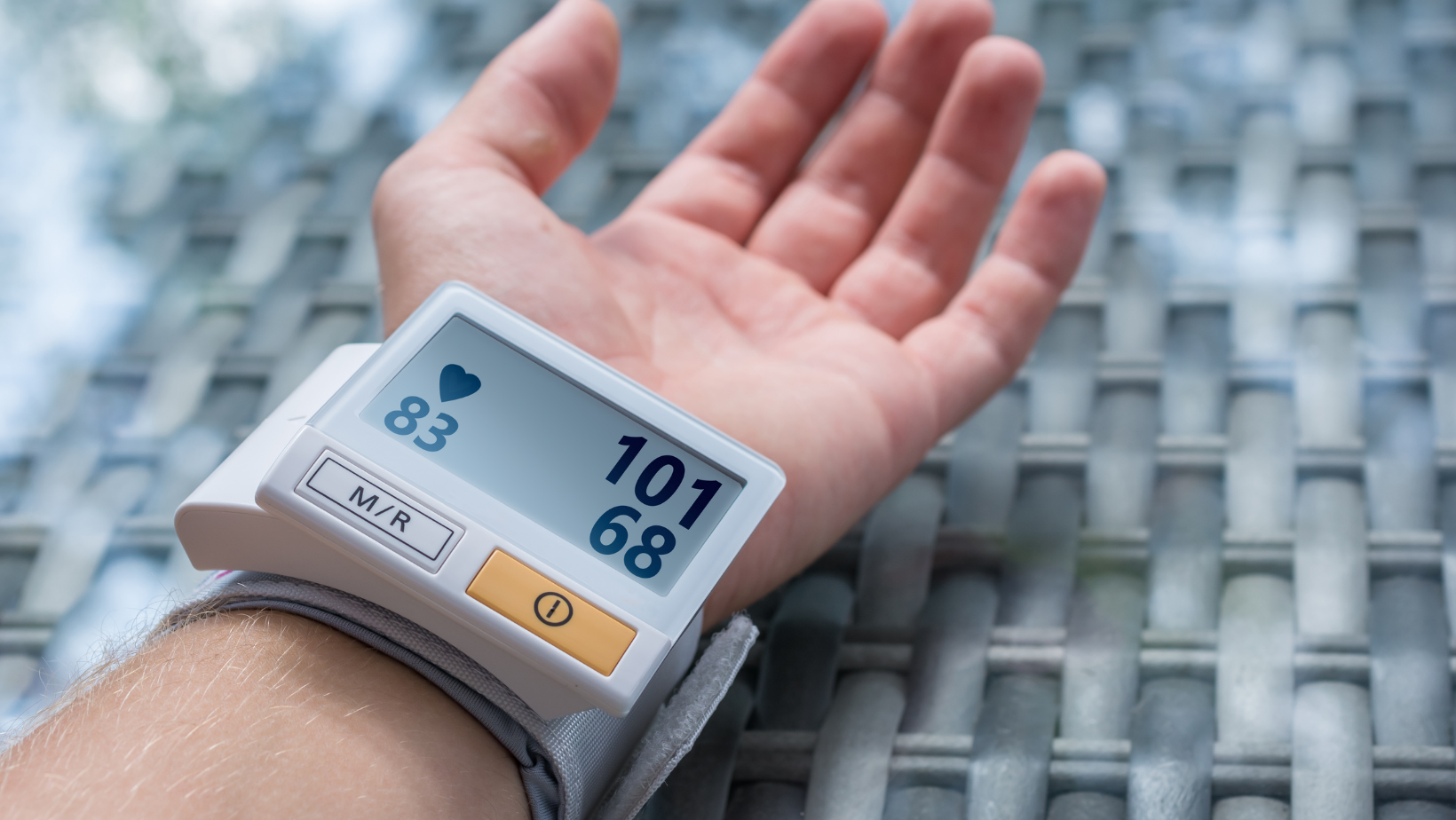Category
While high blood pressure is a well-known health concern, low blood pressure, or hypotension, is another condition that deserves attention.

Have any questions?
If you have any questions, feel free to contact us at [email protected]. A member of our support team will help you shortly.
Share this blog
Fatigue
Energy
Stress
Sleep
While high blood pressure is a well-known health concern, low blood pressure, or hypotension, is another condition that deserves attention. Often considered less alarming, low blood pressure can still impact daily life and overall well-being. Understanding the causes, recognizing symptoms, and exploring effective management strategies are essential for those experiencing hypotension. This article will delve into the factors contributing to low blood pressure, symptoms to be aware of, and practical ways to manage this condition.
Inadequate fluid intake can lead to dehydration, causing a decrease in blood volume and subsequently lowering blood pressure. Staying well-hydrated is crucial for maintaining a healthy blood pressure level.
Conditions such as meager heart rate (bradycardia), heart valve problems, or heart attack can lead to low blood pressure. The heart's ability to pump blood effectively is compromised in these situations.
Disorders of the endocrine system, such as adrenal insufficiency (Addison's disease) and hypothyroidism, can contribute to low blood pressure. These conditions affect hormone levels that play a role in regulating blood pressure.
Severe infections, such as septicemia, can lead to a life-threatening drop in blood pressure. This condition, known as septic shock, requires immediate medical attention.
Loss of blood due to a major injury or internal bleeding can result in a significant drop in blood pressure. This situation requires prompt medical intervention.
Feeling dizzy or lightheaded, especially when standing up quickly, is a common symptom of low blood pressure. This sensation is often referred to as orthostatic hypotension.
Individuals with low blood pressure may be prone to fainting, mainly when the brain doesn't receive enough oxygen and nutrients due to decreased blood flow.
Reduced blood flow to the eyes can lead to blurred or narrowed vision. This symptom is typically temporary and improves when blood pressure stabilizes.
Low blood pressure can cause feelings of nausea or difficulty concentrating. Inadequate blood supply to the brain affects cognitive function and can result in mental fog.
Chronic fatigue is a common symptom of low blood pressure. Insufficient blood flow to various organs and tissues can lead to persistent tiredness.
Adding moderate salt to the diet can help raise blood pressure. However, individuals with certain health conditions, such as kidney problems, should consult a healthcare professional before significantly changing their salt intake.
Ensuring adequate fluid intake is crucial for preventing dehydration and maintaining blood volume. Water is the best choice, but herbal teas and electrolyte-rich beverages can also be beneficial.
Compression stockings help reduce blood pooling in the legs and improve circulation, particularly in individuals prone to orthostatic hypotension.
Limiting alcohol consumption is essential for managing low blood pressure. Alcohol can lower blood pressure further and exacerbate symptoms.
Consuming small, low-carbohydrate meals throughout the day can prevent a sudden drop in blood pressure after meals. Large or high-carb meals can cause a temporary decrease in blood pressure.
To minimize symptoms of orthostatic hypotension, make slow and deliberate changes in body position, especially when transitioning from lying or sitting to standing.
While lifestyle modifications can be effective in managing mild cases of low blood pressure, it's crucial to seek medical attention if:
Low blood pressure, though often considered less severe than high blood pressure, can significantly impact an individual's well-being. Understanding the causes, recognizing symptoms, and implementing practical management strategies are crucial for those experiencing hypotension. Lifestyle modifications, hydration, and dietary changes can contribute to maintaining a healthy blood pressure level. However, individuals should seek medical advice if symptoms persist or worsen to rule out underlying health conditions and receive appropriate guidance for optimal well-being.